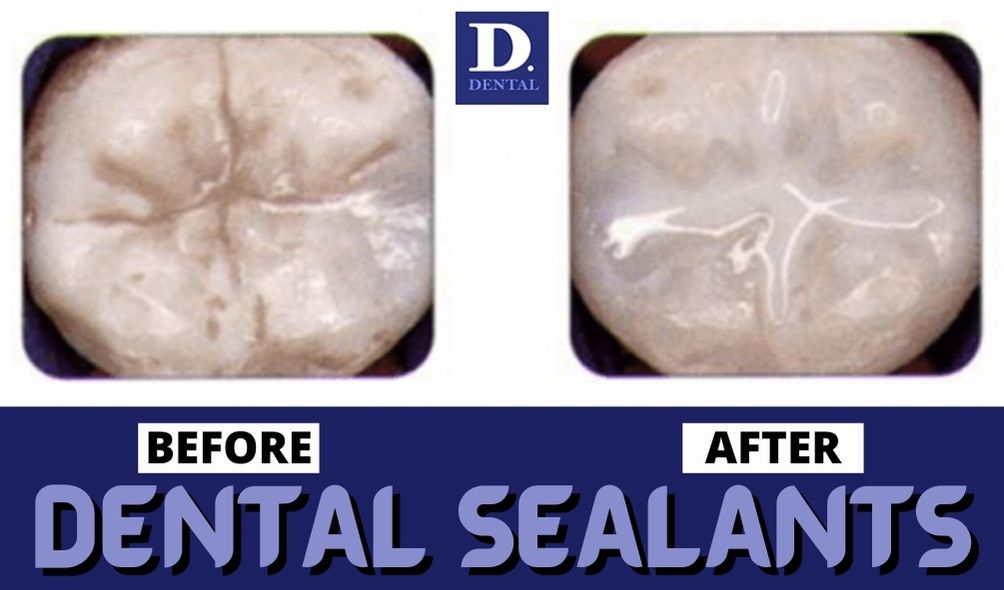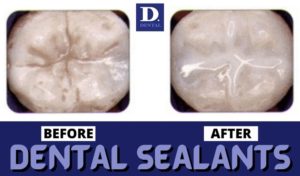How Do Dental Sealants Prevent Cavities?
Dental sealants are thin plastic coatings painted on the chewing surfaces of the back teeth to prevent tooth decay. Once applied, they will quickly bond into the grooves and depressions of the teeth to form a protective layer over the tooth enamel. Research has shown that dental sealants can greatly reduce the risk of tooth decay in the molars among children and adults. Everyone can benefit from sealants; the earlier they are applied, the better. Sealing molars as soon as they come out can keep them free from cavities right from the start.
How do Dental Sealants Work?
Dental sealants protect the crevices in the molars from tooth decay. They do so by sealing out food and plaque. Brushing and flossing are the two best ways to prevent cavities, but these are not always very effective in cleaning the nook and crannies of the teeth, especially those back teeth that are used for grinding and chewing. Molars are uneven and rough, making them a good hiding place for food morsels and cavity-causing bacteria.
Dental sealants effectively act as a safety net to keep teeth clean. After application, it will keep small pieces of food out, which in turn will stop acid and bacteria from settling and multiplying on your teeth. Take note, though, that sealants are not brushing and flossing substitutes, but they can prevent cavities from forming and even stop the early stages of decay from bringing a full-blown cavity.
Sealants have been shown to reduce the risk of tooth decay by up to 80 percent where 9 out of 10 cavities develop in the molar teeth. This is particularly important when it comes to your and your child’s dental health. In fact, a report was released on the importance of dental sealants among school-aged children on recommending their use. The report read that school-aged children with no sealants are three times more likely to develop cavities compared to children with dental sealants.
Who Can Get Sealants?
Both children and adults can greatly benefit from sealants. The earlier they are applied, the better. The first molar appears at around six years of age, while the second molars breakthrough at about age 12 to 14 years. Sealing the back teeth as soon as they come out will keep them cavity-free right from the start, saving you precious time, money, and cavities in the long run. Adults who do not have decay or filling in their molar teeth can also benefit from dental sealants.
How Sealants are Applied?
Applying dental sealant is a process that is simple and painless. It will only take a few minutes for the dentist to apply the sealant to every tooth. First, the teeth are thoroughly cleaned and dried. The dentist will apply gauze or cotton around the tooth to keep it dry. After this, a solution is applied to the chewing surfaces of the teeth to rough them up and help the sealant bond to the teeth because the teeth are rinsed and dried. The sealant is then painted onto the enamel of the teeth where it will directly bond to the tooth and ultimately harden.
How Long Sealants Last?
Dental sealants are very durable, lasting for up to 10 years in most cases. It is important to note, though, that everyone is different, so there are instances where sealants will have to reapply. Your dentist will periodically check them to ensure that they are still effective in their job. Sealants can be reapplied once it becomes loose. Talk to your doctor to learn more about dental sealants and how they can help you protect your teeth.






 |
|